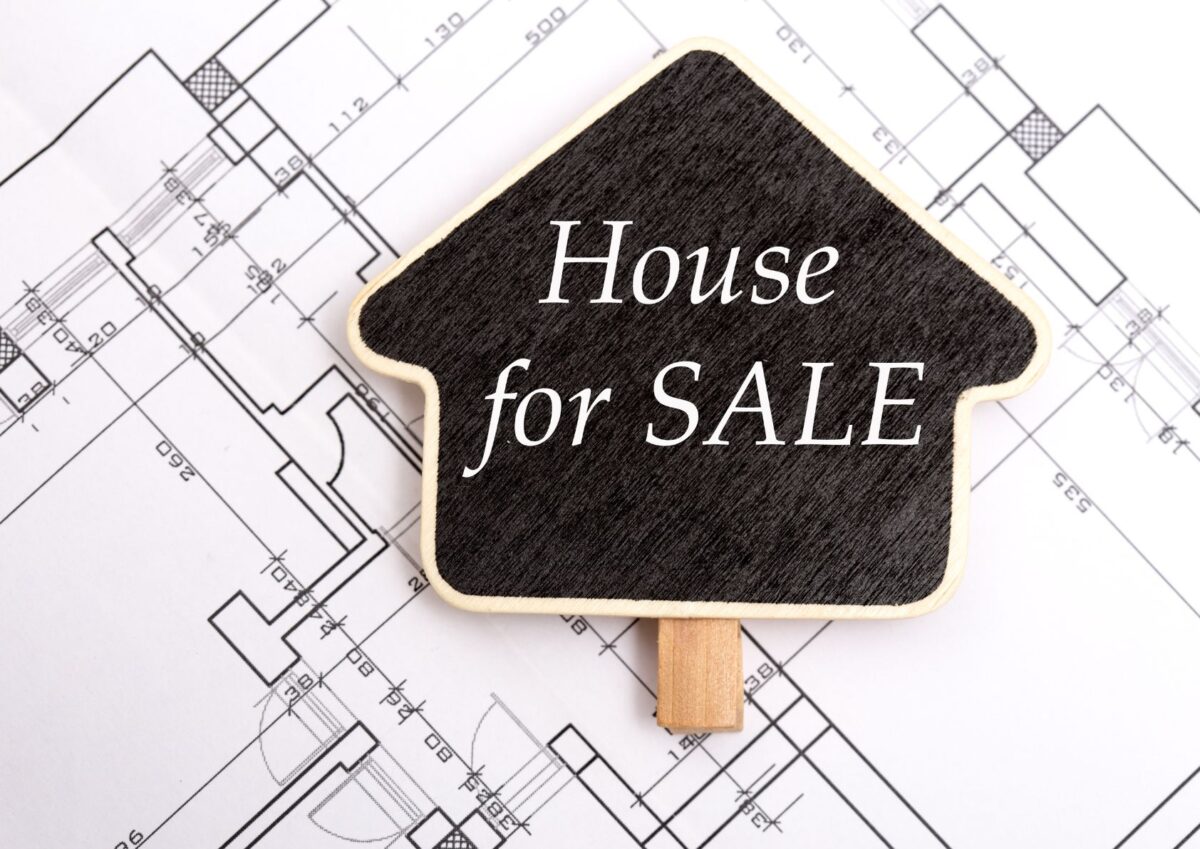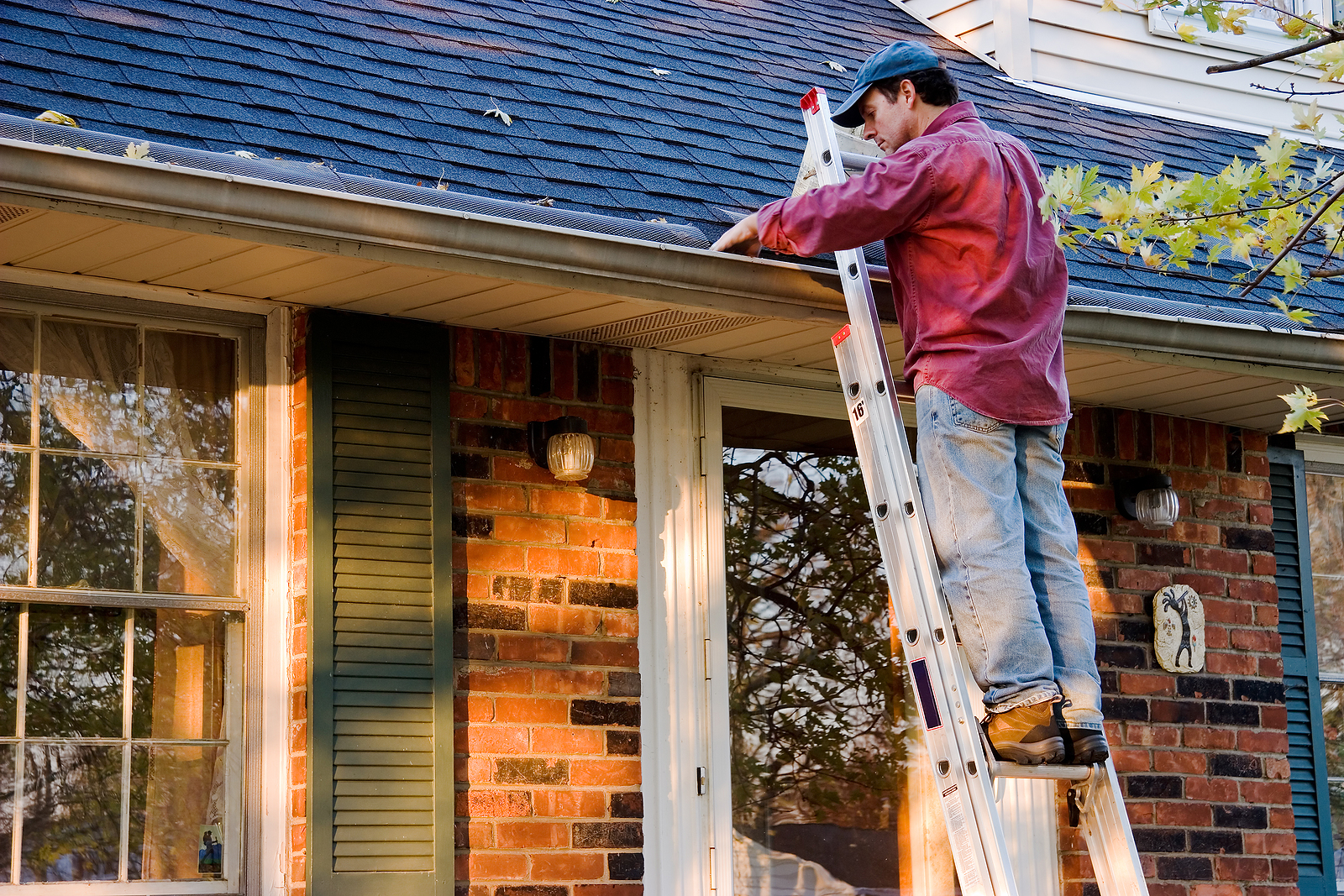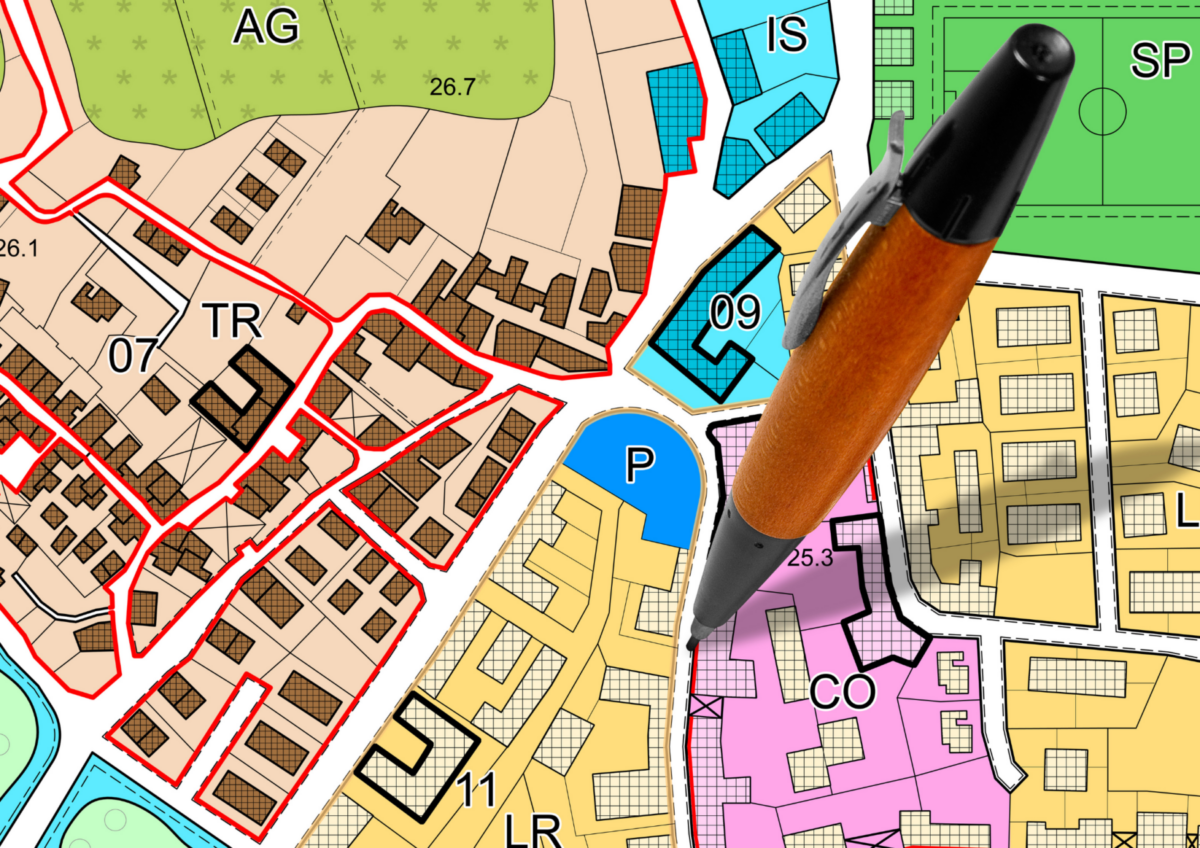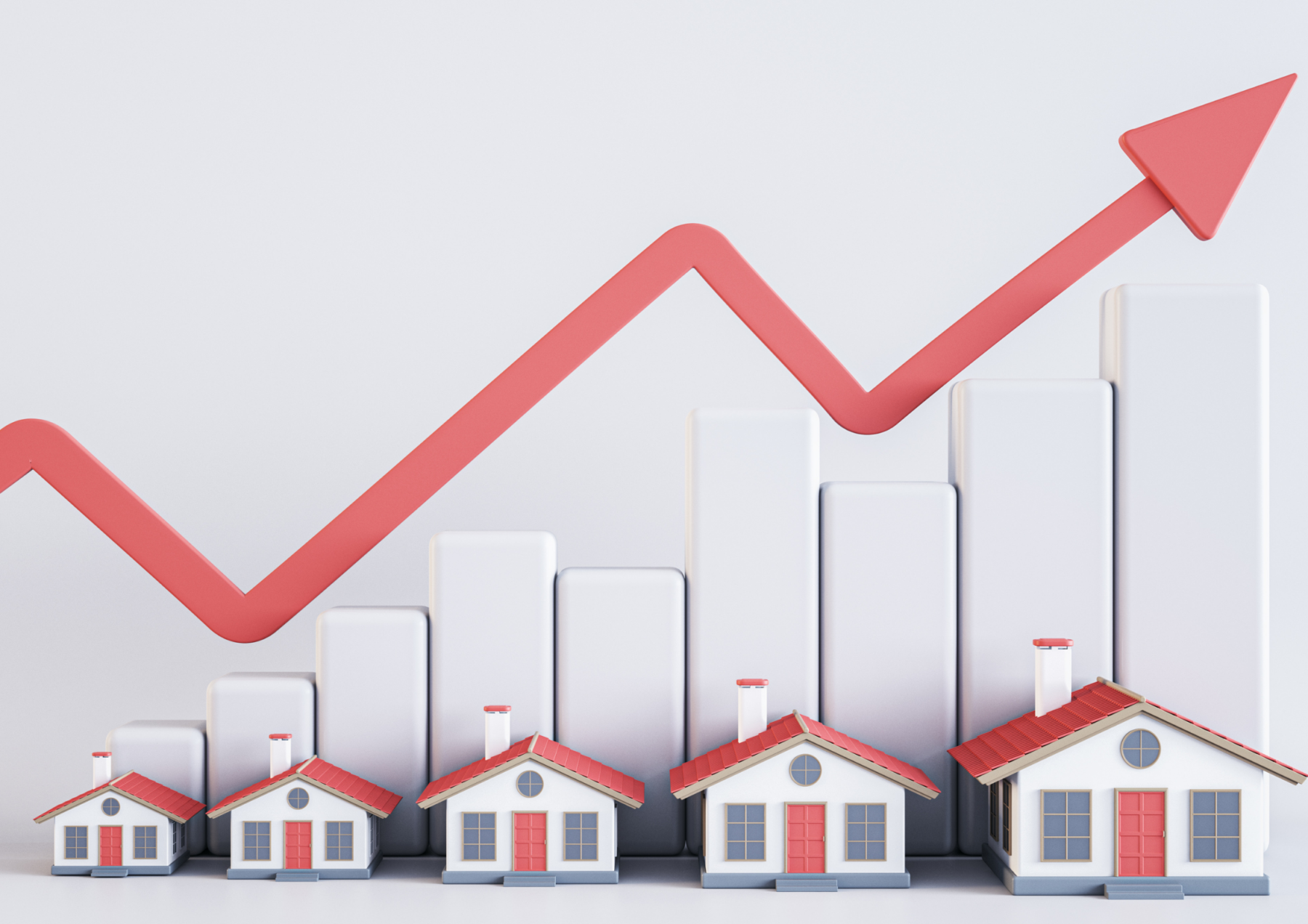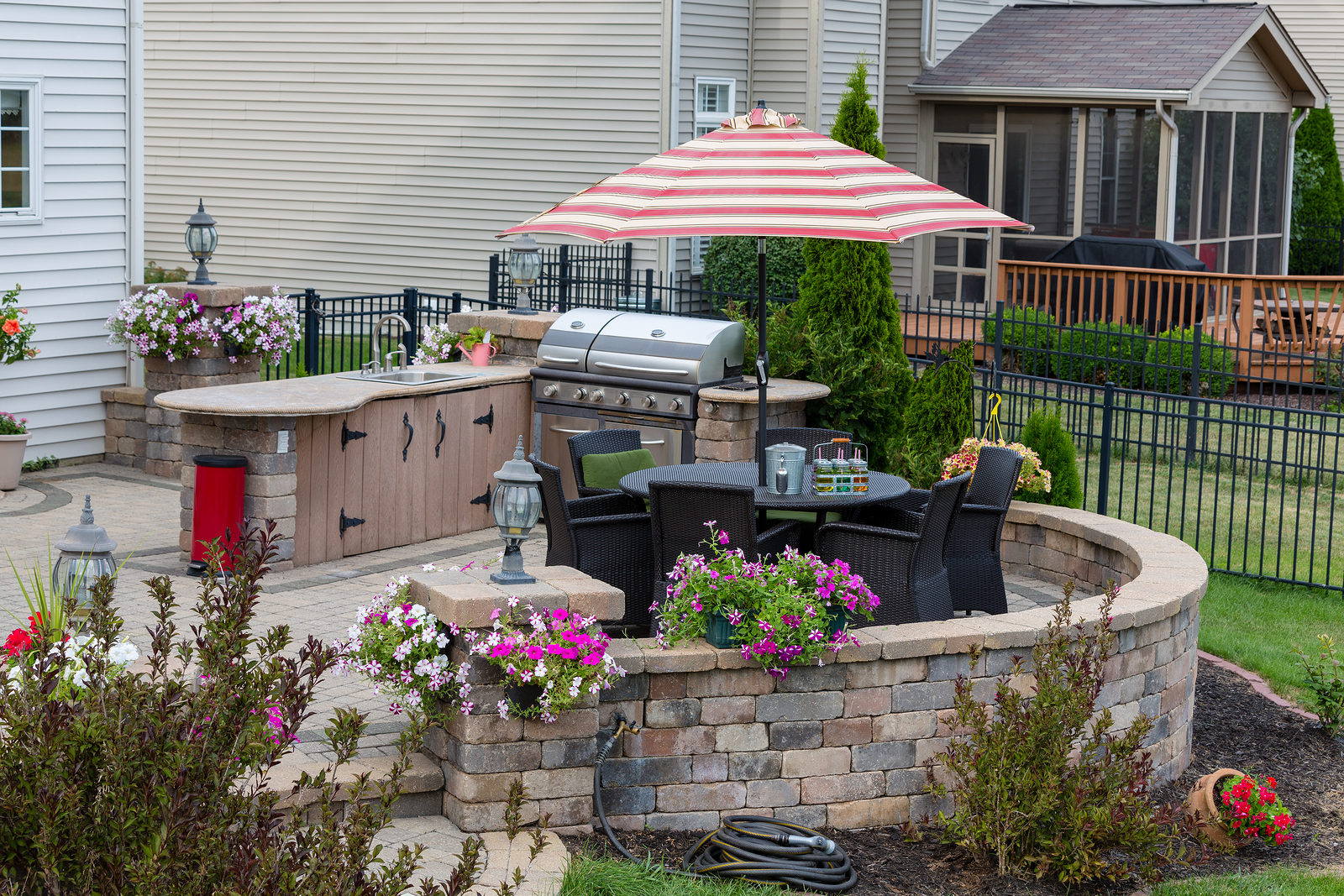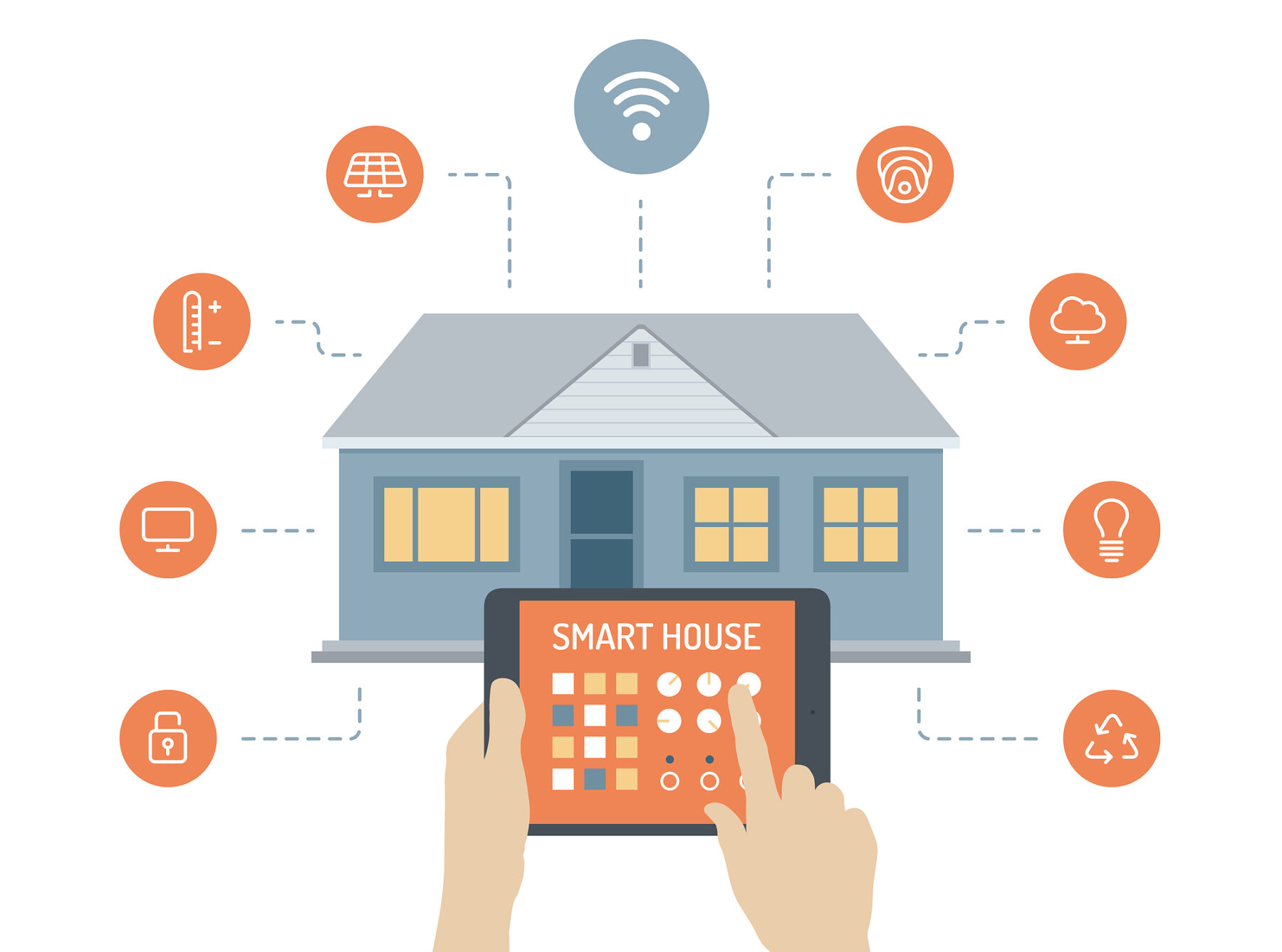Introduction
In today’s real estate market, one thing is clear: size isn’t everything. With rising interest in compact living, learning how to make a small home feel bigger is not only practical, it’s profitable. Buyers are increasingly drawn to properties that maximize space efficiently without expanding the footprint. In this post, we’ll explore easy, effective ways to create the illusion of space, and we’ll explain why this matters so much in current real estate trends. Stick around for simple staging tips, space-saving design tricks, and buyer psychology insights.
Embrace Light and Neutral Colors
One of the quickest ways to transform a tight space is with light. Natural lighting, combined with soft, neutral wall colors, creates an airy, open atmosphere. Whites, soft grays, and beige tones reflect light, making rooms appear larger and more inviting. Consider swapping out heavy curtains for sheer fabrics and adding mirrors to bounce light around the room.
Homeowners and real estate agents alike are recognizing that buyers feel more relaxed and inspired in brighter spaces. This is especially important when trying to make a small home feel bigger and attract top-dollar offers.
Choose Multi-Functional Furniture
Furniture that pulls double duty is a smart choice for smaller homes. Think ottomans with storage, beds with built-in drawers, and fold-out desks or dining tables. These versatile pieces reduce clutter and provide function without sacrificing floor space.
Buyers today are practical. They value homes that demonstrate thoughtful, livable design, especially in tighter quarters. Showcasing multi-use furniture during showings or open houses helps prospective buyers visualize how they can make the most of every inch.
Declutter and Use Smart Storage
Clutter is the enemy of spaciousness. Removing unnecessary items and organizing what remains can make a dramatic impact. Use built-in shelving, under-bed storage, and vertical space to store belongings without overwhelming a room.
If you’re staging a home for sale, minimizing personal items and excess décor allows buyers to mentally “move in.” This not only helps to make a small home feel bigger, but also sends the message that the home is well-maintained and functional.
Create Flow with Open Sightlines
Open layouts are still king in real estate, but even if your home isn’t fully open-concept, there are ways to enhance visual flow. Keep doorways and hallways clear, arrange furniture to avoid blocking sightlines, and use rugs or lighting to define different areas without closing them off.
This approach makes the home feel more connected and larger overall. Buyers notice when every area of a home feels accessible and welcoming. When you make a small home feel bigger, you’re really inviting the buyer to imagine their lifestyle unfolding comfortably in the space.
Use Vertical Design to Your Advantage
When you can’t build out, build up. Tall bookcases, wall-mounted shelves, and vertically hung artwork draw the eye upward, creating the illusion of height. This is an especially effective tactic in small bedrooms, bathrooms, or entryways where square footage is limited.
Buyers are drawn to homes that use space creatively. Highlighting vertical design features can help your listing stand out in a crowded market. It subtly communicates style, smart planning, and potential—all of which are powerful selling points.
Conclusion
Learning how to make a small home feel bigger is more than a clever design trick; it’s a real estate strategy that works. Today’s buyers value functionality, comfort, and aesthetics, no matter the square footage. By maximizing light, embracing multifunctionality, and thinking vertically, you can boost your home’s appeal and attract more competitive offers. Whether you’re preparing to sell or just want to fall in love with your space again, these tips will help you make the most of what you’ve got.



